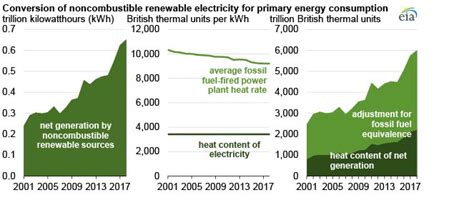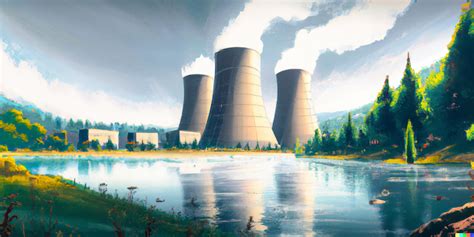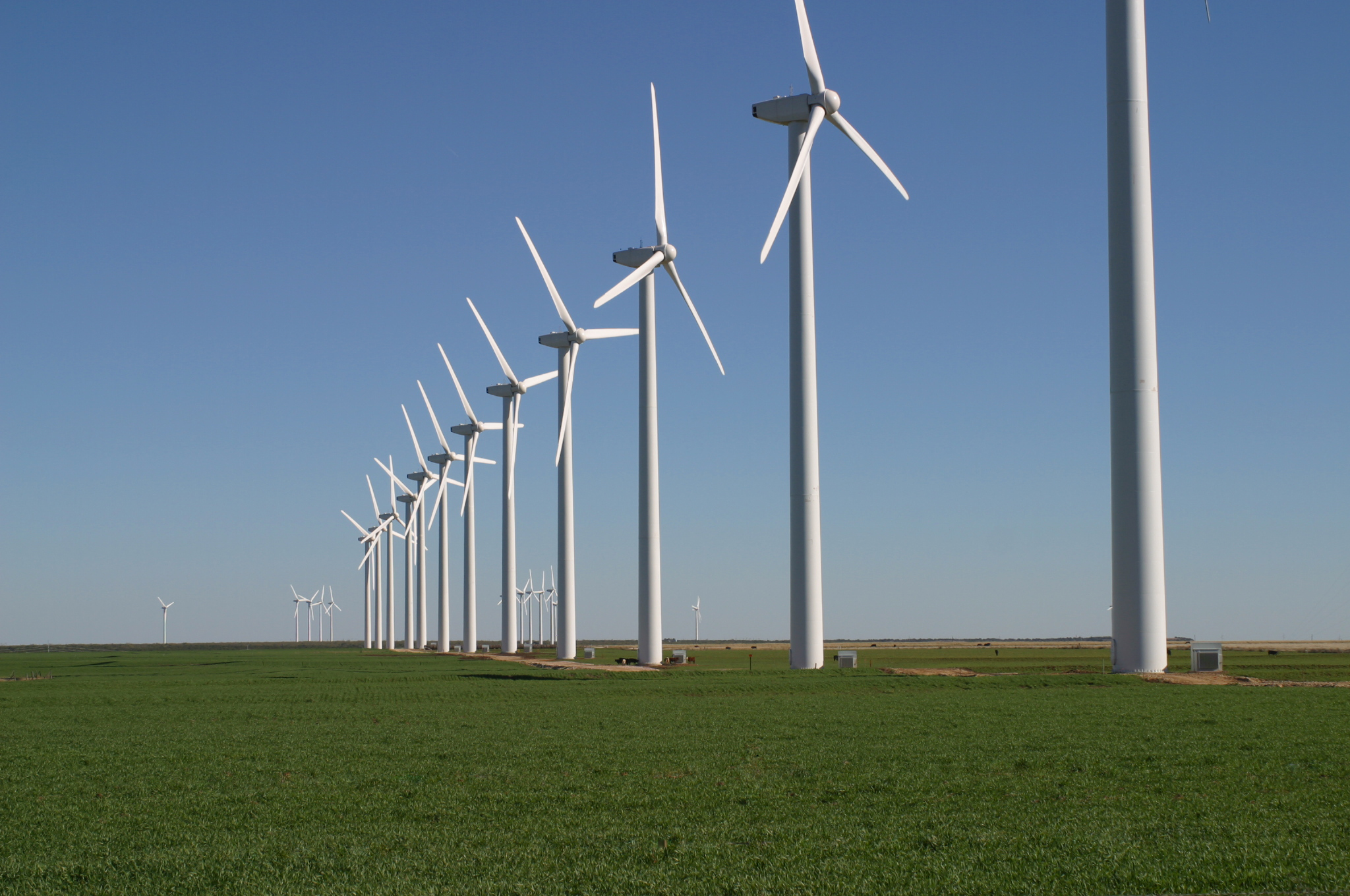When discussing the fundamental concepts of physics, particularly in the context of mechanics and electromagnetism, two terms are often used interchangeably but actually have distinct meanings: power and energy. Understanding the difference between these two concepts is crucial for a deep appreciation of how physical systems operate and how they are analyzed. The distinction between power and energy is not merely semantic; it has significant implications for how we design, optimize, and utilize various systems in engineering, technology, and everyday life.
To lay the groundwork for this comparison, let's start with basic definitions. Energy, in its most general sense, refers to the capacity to do work. It is a measure of the ability to cause change or to perform tasks that require effort. Energy comes in various forms, including kinetic energy (the energy of motion), potential energy (stored energy), thermal energy, electrical energy, and more. On the other hand, power is the rate at which energy is transferred or converted from one form to another. In essence, power tells us how quickly work is done or how fast energy is used or produced.
Key Points
- Energy is the capacity to do work and comes in various forms such as kinetic, potential, thermal, and electrical.
- Power is the rate of energy transfer or conversion, indicating how quickly work is done or energy is used/produced.
- The distinction between energy and power is crucial for designing, optimizing, and utilizing systems in engineering and technology.
- Units of measurement for energy include joules (J), while power is measured in watts (W), where 1 watt equals 1 joule per second.
- Understanding the difference between power and energy is essential for efficient system design, energy conservation, and optimizing performance in various applications.
Units of Measurement and Conversion

One of the ways to understand the difference between power and energy is by looking at their units of measurement. Energy is typically measured in joules (J), which represents the amount of energy expended (or work done) when a force of one newton is applied over a distance of one meter. Power, on the other hand, is measured in watts (W), with one watt being equal to one joule per second. This relationship highlights that power is about the rate of energy use or production, not the total amount of energy itself. For example, a light bulb might consume a certain amount of energy (in joules) over its lifetime, but its power consumption (in watts) determines how quickly it uses that energy.
Practical Applications and Examples
In practical terms, the distinction between power and energy has significant implications. For instance, consider two vehicles, one with a powerful engine and another with a less powerful one but highly efficient. The powerful engine might be able to accelerate faster (higher power), but if it is less efficient, it might use more energy over a long trip. On the other hand, the less powerful but more efficient engine might use less energy over the same distance, even if it accelerates more slowly. This example illustrates how power and energy considerations can influence design choices and user experiences in transportation and other fields.
| Energy Form | Power Example | Energy Example |
|---|---|---|
| Electrical | A 100W light bulb | The total electrical energy consumed by the bulb over a year |
| Mechanical | A car accelerating from 0 to 60 mph in 5 seconds | The total distance the car can travel on a full tank of gas |
| Thermal | A heater's output in watts | The total heat energy transferred to a room over a heating season |

Energy Efficiency and Power Management

Energy efficiency and power management are critical in modern technology and engineering. Improving energy efficiency means reducing the amount of energy required to perform a particular task without compromising performance. This can be achieved through better design, the use of more efficient materials, or by optimizing power consumption patterns. Power management, on the other hand, involves controlling the flow of power to different components of a system to ensure that each part receives the power it needs at the right time, minimizing waste and improving overall system efficiency.
In the context of renewable energy sources, such as solar and wind power, understanding the distinction between power and energy is vital. The power output of a solar panel or wind turbine can vary significantly depending on environmental conditions, but the total energy produced over a year is what ultimately determines its usefulness. Thus, when evaluating the feasibility of renewable energy projects, both the power rating of the equipment and the expected annual energy output must be considered.
Future Directions and Challenges
As the world moves towards more sustainable and efficient use of energy, the distinction between power and energy will become even more critical. Future challenges include developing technologies that can efficiently store energy for later use (addressing the intermittency of renewable sources), improving the power density of energy storage devices, and creating more efficient power conversion systems. These challenges require a deep understanding of both power and energy, as well as innovative solutions that can balance the need for high power output with the necessity of efficient energy use.
What is the primary difference between power and energy?
+The primary difference is that energy refers to the capacity to do work, while power is the rate at which energy is transferred or converted. In simpler terms, energy is about the total amount of work that can be done, while power is about how quickly that work is done.
How are power and energy measured?
+Energy is typically measured in joules (J), and power is measured in watts (W), where 1 watt equals 1 joule per second. This relationship shows that power is a rate of energy use or production.
Why is understanding the difference between power and energy important?
+Understanding the difference is crucial for designing and optimizing systems, whether in engineering, technology, or other fields. It influences how efficiently systems can operate, how much energy they consume, and how they perform over time.
In conclusion, while power and energy are closely related concepts, they represent different aspects of how physical systems operate. Power focuses on the rate of energy transfer or conversion, while energy is about the capacity to do work. Recognizing and applying this distinction is fundamental to advancements in technology, energy efficiency, and sustainable development. As our world continues to evolve and face new challenges, a deep understanding of these concepts will be indispensable for creating innovative solutions that balance performance, efficiency, and sustainability.



